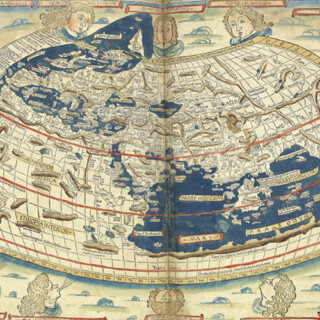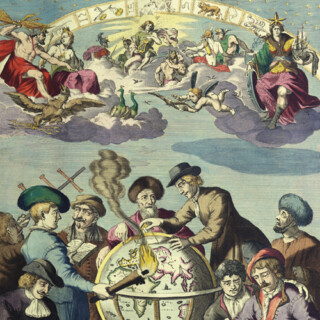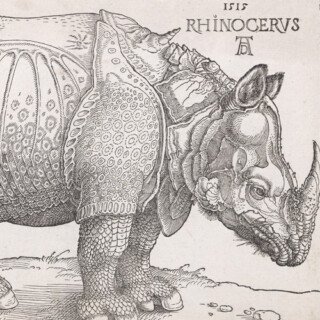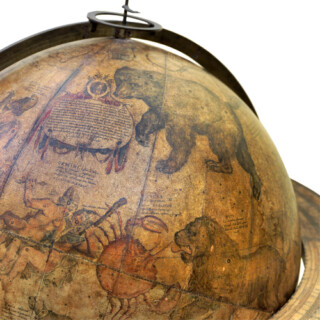-
×
![HUNTER, F[rederick] F[raser] Map of Arabia and the Persian Gulf](https://i0.wp.com/crouchrarebooks.com/wp-content/uploads/2025/03/22090_1H.jpg?fit=4000%2C2951&ssl=1) Extremely rare first edition of Hunter’s map of Arabia, compiled from secret sources
1 × £120,000
Extremely rare first edition of Hunter’s map of Arabia, compiled from secret sources
1 × £120,000 -
×
![NIELS, Theodoor; SAVERIJ, Salomon [engraved figures after] VENNE, Adriaan van de; BERCKENRODE, Balthasar Florensz van [engraved map] Expugnatio Sylvae-Ducis Ao 1629.](https://i0.wp.com/crouchrarebooks.com/wp-content/uploads/2025/03/14959_1H.jpg?fit=3500%2C3141&ssl=1) The Siege of the Swamp Dragon
1 × £90,000
The Siege of the Swamp Dragon
1 × £90,000 -
×
 ‘More graceful figures than those now seen’ (Dickens)
1 × £10,000
‘More graceful figures than those now seen’ (Dickens)
1 × £10,000 -
×
![[LONDON TRANSPORT] [Tube sign] Westminster.](https://i0.wp.com/crouchrarebooks.com/wp-content/uploads/2025/03/19461_1H.jpg?fit=4000%2C3041&ssl=1) Next stop, Westminster
1 × £15,000
Next stop, Westminster
1 × £15,000 -
×
![[CHURCH MISSIONARY SOCIETY] Atlas, ay majmu' kharitat rasm al-ard...](https://i0.wp.com/crouchrarebooks.com/wp-content/uploads/2025/03/14768_1H.jpg?fit=5000%2C3702&ssl=1) The earliest obtainable atlas printed in Arabic
1 × £60,000
The earliest obtainable atlas printed in Arabic
1 × £60,000 -
×
 Speed’s map of ‘Low Germanie’
1 × £800
Speed’s map of ‘Low Germanie’
1 × £800 -
×
 The Battle of Chesma
1 × £4,000
The Battle of Chesma
1 × £4,000 -
×
![[ANONYMOUS] J. J. Scheuchzerus](https://i0.wp.com/crouchrarebooks.com/wp-content/uploads/2025/03/17799_1H.jpg?fit=1897%2C2416&ssl=1) Johann Jakob Scheuchzer
1 × £150
Johann Jakob Scheuchzer
1 × £150 -
×
 French edition of Moresby's charting of the Maldives
1 × £420
French edition of Moresby's charting of the Maldives
1 × £420 -
×
 The first English map of Africa
1 × £2,500
The first English map of Africa
1 × £2,500 -
×
 A map of Japan from Jean Migeon's 'Nouvel Atlas Illustre Geographie Universelle'
1 × £60
A map of Japan from Jean Migeon's 'Nouvel Atlas Illustre Geographie Universelle'
1 × £60
Il disegno della terza parte dell'Asia.
[Venice,
1562 and c1568].
Engraved map on three sheets joined, bearing three watermarks, upper left sheet with ladder in shield under cross pommy B (Woodward 256), upper right with lamb, paschal with straight standard C (Woodward 48), lower sheet, only lower half of ladder in shield under six-pointed star K (Woodward 253).
680 by 775mm. (26.75 by 30.5 inches).
15702
notes:
A fine example of Gastaldi's map Southeast Asia, the most influential map of the region published in the sixteenth century, and the first map to name Singapore; here present with the rare southern extension sheet, incorporating the Java and the lucrative Spice Islands.
Giacomo Gastaldi (c1500-1567), originally from Piedmont, established himself as a cartographer in Venice, where he was given the notable title of 'Cosmographer to the Republic'. He was a prolific m...
Giacomo Gastaldi (c1500-1567), originally from Piedmont, established himself as a cartographer in Venice, where he was given the notable title of 'Cosmographer to the Republic'. He was a prolific m...
bibliography:
Bifolco 74 state 2; Nordenskjöld, pp. 396- 406, The Geographical Journal vol. 13, April 1899; Schilder p.7, The Map Collector 17, December 1981; Suárez, The early mapping of Southeast Asia, pp.130-157, 1999; Tooley pp.20, 21.
provenance:









